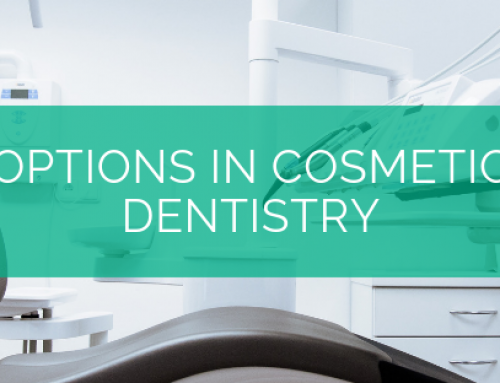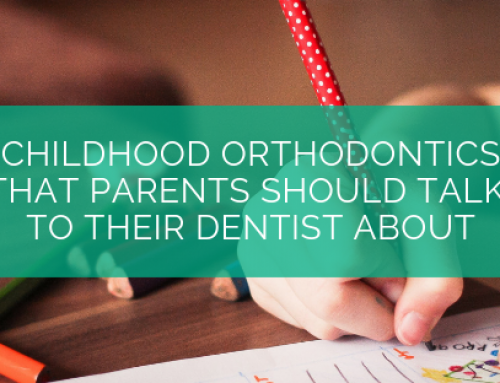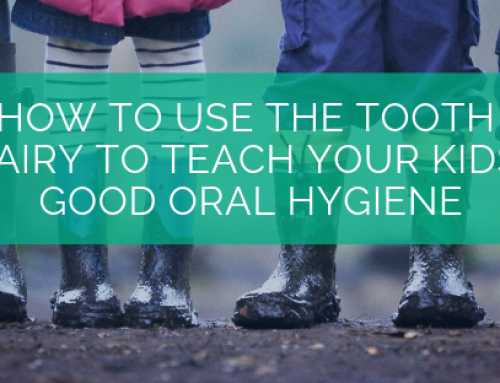Have you ever noticed that one of our initial responses to a possible injury is the instant effort to defend our head and face?
When somebody throws a punch or if we get involved in an automotive accident, our arms and hands travel up to our face in order to attempt to shield ourselves from any major injury. Much of the time, we don’t even contemplate the motion of covering our face–we just do this automatically.
Maxillofacial trauma is injuries that are at risk for being immediately neglected, and this error can result in serious problems and irritation later if they are not handled in a timely manner. This form of face damage can lead to soft tissue damage, nasal, orbital, and mandibular fractures, as well as other issues. Any type of suffering that is sustained to the maxillofacial region calls for specialized care and observation simply because a lot of our important sensory systems and vital structures are established in the face, head, and neck.
Mandibular fractures, also known as jaw fractures, are the second most prevalent skeletal facial injuries following nasal fractures. Furthermore, it’s estimated that mandibular fractures comprise as much as 70% of maxillofacial accidents. This is due to the way our jaws typically protrude and because the jaw has a lot less support from the cranium than other regions of the face. The mandibular is a movable U-shaped bone that attaches on both sides of the jaw. The range of motion of this bone allows us to move our jaw and it also houses our teeth. The most common causes of mandible fractures are:
▪ Traffic Accidents
▪ Falls
▪ Physical Fights
▪ Physical Activities
Symptoms Of A Bone Fracture
Generally, the mandible will fracture in two regions, at the spot of the direct collision as well as in the area directly opposite of the original location. The harm sustained to the jaw bone ought to be checked out by medical professionals within 24 hours of the event. The primary signs of mandibular fractures involve swelling, pain, inflammation, and loss of function including talking, respiration, and eating. Additionally, bruising and numbness of the face and neck can come with these bone fractures. If a patient thinks that they have broken the jaw, it is vital to find medical attention as soon as possible. A broken jaw can possibly obstruct the respiratory tract, cutting off the ability to breathe.
Dental Trauma
Given that the jaw bone houses all of our teeth, an oral injury is an issue when dealing with these types of wounds. Malocclusion is the inability to properly align the teeth as a result of the injury. It can manifest in any sort of combination of places including the mandibular arch, maxillary arch, and the anterior and posterior sections. Additional aspects to look out for would be missing teeth, tooth and root cracks, as well as damaged teeth. Treatment techniques include restorative dental care, orthodontics, soft tissue maintenance, temporomandibular joint procedures, and more remedies depending upon the type and extent of the injury.
Dental Experts
After a medical professional has diagnosed the problem, they will normally send the patient to an oral or maxillofacial surgeon for additional treatment. Essentially, oral and maxillofacial specialists focus on the identification and treatment solution of injuries involving the facial location. These professionals have been educated in both medical and dental fields to make sure that they are capable of
addressing a vast array of common oral surgical complications including:
▪ Salivary Gland Issues
▪ Oral Cancer
▪ Facial Harm
▪ Temporomandibular Joint Disorders
Medical Treatment and Healing
Orthognathic surgery, also called corrective jaw surgery, is performed by the OMS–the oral and maxillofacial surgeon–after they have determined that this surgery is appropriate for the degree of injury that the patient is enduring. Once the mandible has been repositioned or restored, the doctor will use different solutions to secure the jaw in the new place while it heals. Medical tools such as screws, wires, surgical plates, and rubber bands will be attached in the jaw during the course of the procedure. Maxillofacial injuries and the resulting oral trauma call for more than just one physician to take care of the patient in treatment and healing. For example, endodontists are able to carry out root canal procedures and corrective dentists can treat broken and fractured teeth.
For those who need surgery to remedy their damages, the recovery process can last around six weeks. A soft food meal plan is vital during this time since harder types of foods can cause the surgical plates to fracture. Also, a good oral hygiene routine during the course of the initial few weeks following the procedure will allow the surgery site to fight any form of contamination. According to the King’s College Hospital, the patient ought to rinse their mouth out with warm salt water or mouthwash approximately 3 times a day for a week immediately following surgical treatment. A little soft-bristled toothbrush, like a child’s, is best to maintain the teeth surrounding the operation site. The King’s College Hospital additionally recommends that patients don’t smoke at the time of the healing process because it might maximize the possibility of infection.
Maxillofacial trauma could be brought on by an assortment of occurrences. It is necessary for the patient to seek medical attention immediately if they suspect that they could have sustained an injury to the facial region, or if they experience any of the complications that have been listed in this article. Also, if you believe that you are suffering from a dental emergency, please contact us on at our emergency number.
Did you know that the team at Milford Dental Excellence is on Facebook? To check out what our team is up to, follow us on Facebook!









